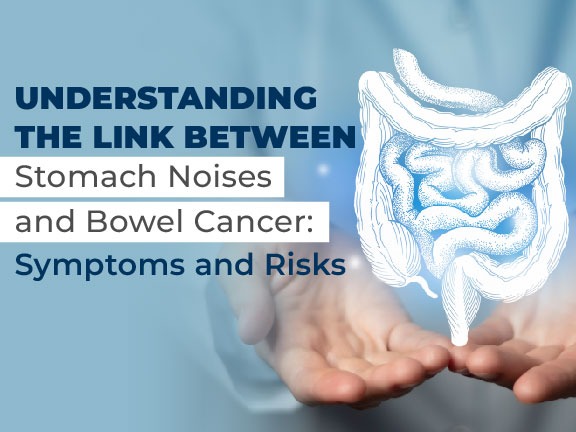RMS disease refers to Relapsing-Remitting Multiple Sclerosis. This form of multiple sclerosis features episodes of neurological symptoms. These episodes are followed by periods of partial or complete recovery. The disease involves unpredictable relapses and remissions. During relapses, symptoms can worsen or new symptoms can appear. Remissions bring improvement or disappearance of symptoms. The unpredictability of this disease impacts a patient’s quality of life. Effective management and treatment strategies are essential.
RMS disease is typically diagnosed through clinical evaluations and magnetic resonance imaging (MRI). Other diagnostic tests reveal areas of demyelination in the central nervous system. The exact cause is not entirely understood. It is believed to involve genetic and environmental factors triggering an autoimmune response. Treatment often includes disease-modifying therapies. These aim to reduce the frequency and severity of relapses. Managing symptoms and maintaining functionality through physical therapy is also crucial. Supportive measures play a significant role in patient care.
What is RMS Disease?
Relapsing-Remitting Multiple Sclerosis (RMS) is a type of multiple sclerosis characterized by episodes of neurological dysfunction followed by periods of partial or complete recovery. RMS disease in adults often presents itself in the form of unpredictable flare-ups, making it a challenging condition to manage.
The RMS meaning disease refers to this particular form of multiple sclerosis, which involves relapses (episodes of new or worsening symptoms) and remissions (periods of symptom improvement or stability). Understanding this pattern is crucial for both patients and healthcare providers in managing the disease effectively.
What disease is RMS? Relapsing-Remitting Multiple Sclerosis (RMS) is a chronic autoimmune disorder. It affects the central nervous system, particularly the brain and spinal cord. The disease leads to demyelination, which damages the protective covering of nerve fibers. This results in disrupted communication between the brain and the rest of the body. RMS is characterized by episodes of new or worsening symptoms followed by periods of remission.
Common symptoms of RMS include:
- Fatigue: Persistent tiredness that affects daily activities.
- Numbness or tingling: Often in the face, body, or extremities.
- Vision problems: Such as double vision or loss of vision.
- Muscle weakness: Particularly in the legs and arms.
- Difficulty with coordination and balance: Leading to unsteadiness.
- Cognitive changes: Including problems with memory and concentration. Managing these symptoms often requires a comprehensive treatment plan tailored to the individual patient’s needs.
The acronym RMS can lead to ambiguity since it can refer to both Relapsing-Remitting Multiple Sclerosis and Rhabdomyosarcoma. In the context of neurology, it denotes the relapsing-remitting form of multiple sclerosis.
The survival rate for RMS (multiple sclerosis) is generally high, as it is not a fatal disease. Patients can live for many years with proper management, though the quality of life can be significantly affected by the disease. How to treat RMS involves a combination of disease-modifying therapies (DMTs), physical therapy, and symptomatic treatments. The goal is to reduce relapses and delay disease progression.












